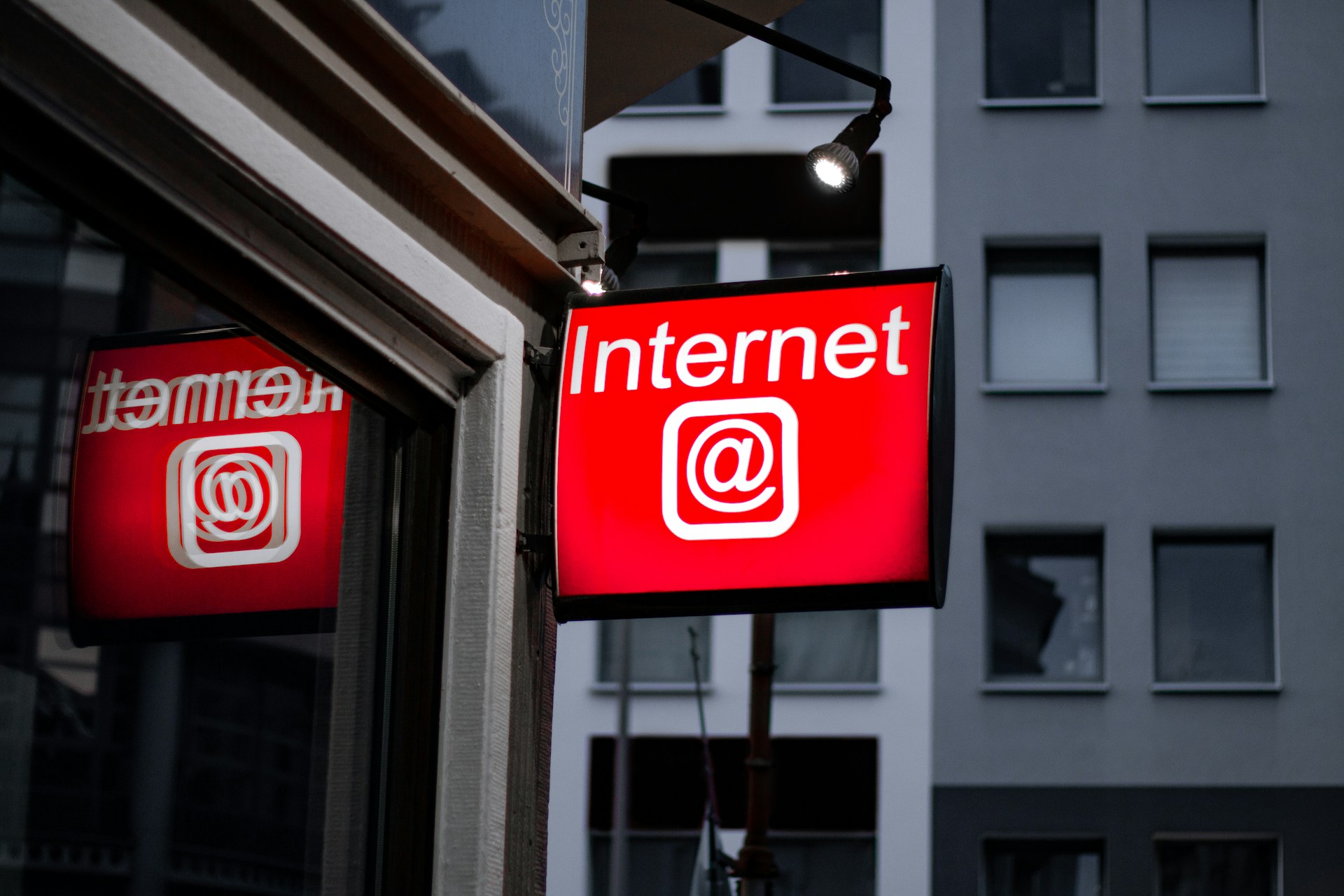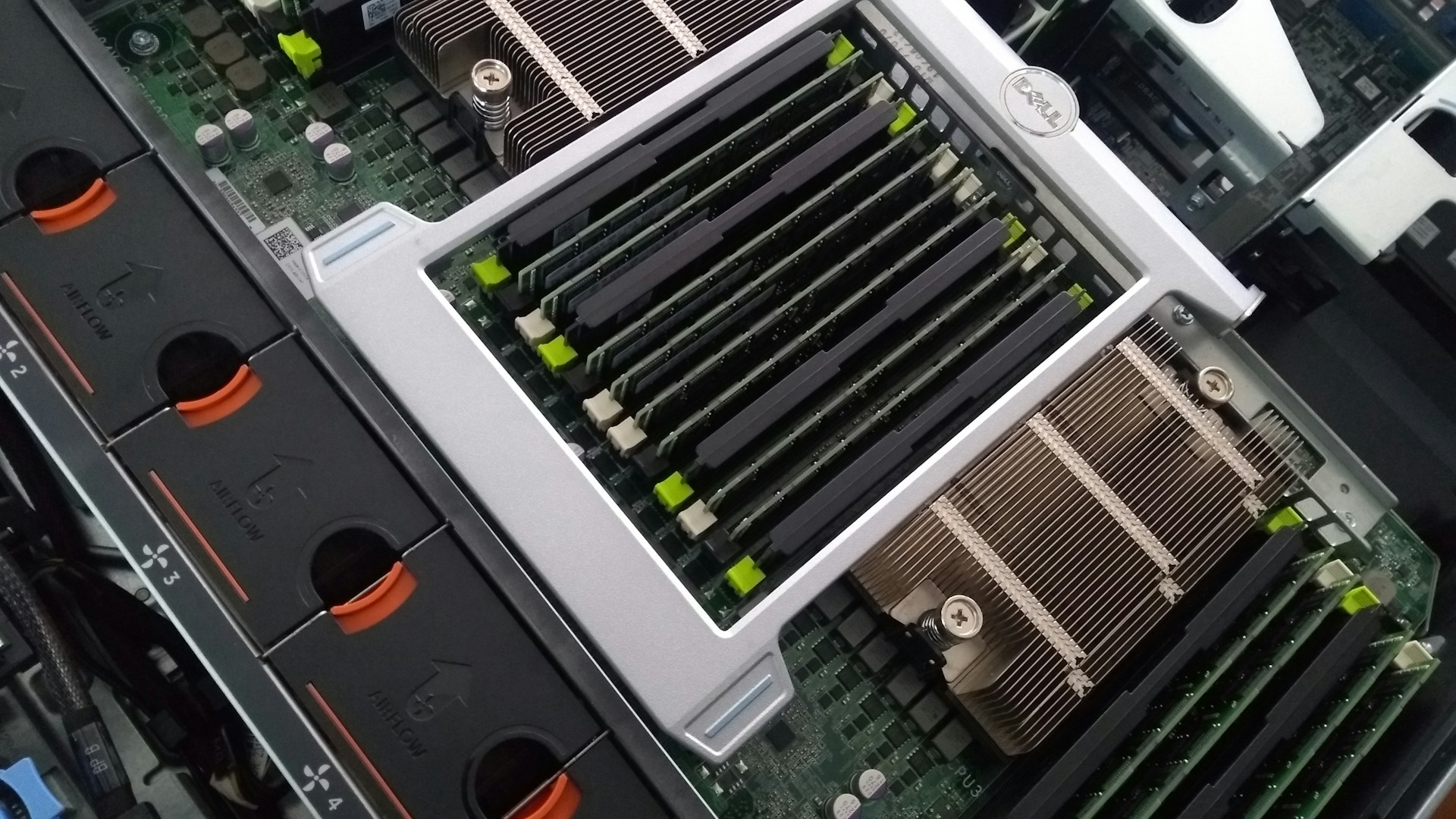· Shannon · archive · 7 min read
IPv6 - Ready, but not yet Prime-Time
Five years later, we're still waiting for the v6 revolution.

2024 Update for reposting of this article:
Data From Google shows that IPv6 adoption is still only around 40% globally, while quite an increase from the low 20% numbers of 2019, we’re clearly still quite a ways from ‘total ipv6’.
IPv6 is one of those weird tech initiatives, in that it’s something everyone seems to agree needs to happen, but actually getting there is just taking way longer than everyone seemed to think it would. We’ve been running IPv6 on many of our own platforms and services for a while now, but coverage has not been 100%, nor had we fully deployed it to customer hosting servers and websites, until now. Today we’re happy to announce that all customer sites and services are now fully available via IPv6. Now, odds are, either you’re reading this and going “Nice”, or you’re going “What the heck is IPv6?”, so lets take a quick moment to cover some likely questions you may have…
What is IPv6 and why do we need it?
Every device that’s directly connected to the Internet needs a unique address that identifies that specific machine. The internet as we’ve had it all these years runs on a protocol called IP, more specifically, IPv4. IPv4 gives us unique 32bit addresses that look like this: 198.51.100.50 Then we use DNS to tell the world “www.purenrg.com = 198.51.100.50”, when you enter or click on our website URL, your computer looks up the DNS name, and gets back that unique address, and that’s how it knows where to connect to pull up our site.
IPv4 addresses can range from “0.0.0.0” to “255.255.255.255”, giving a little under 4.3 billion possible unique addresses ( I hear the deep tech folks groaning already, but bear with me).. due to the way IP address are carved up into into subnets, and the way a number of ranges were reserved for other uses way back in the early days of the Internet, we don’t actually have that many to go around. Over half a billion where marked ‘reserved’ right off the bat for things like “inside” network space, multicast, etc, so the true number of usable IPv4 addresses is quite a bit smaller than 4.3 billion.
Now, keep in mind, while the Internet as we now enjoy it didn’t exist quite yet, IPv4 was designed in the early 1980s, so at that time, I’m sure the idea of “more than 4 billion devices all sharing the same global network” seemed like “Yeah, that’s not going to be a problem, ever!” But of course, over the years, we’ve, well, we’ve used them up. It’s been an ongoing issue for quite some time, but there have been workarounds that have kept things going without major issue:
NAT/Proxies/Firewalls. Odds are you probably have more than one internet connected device in your house. PCs, laptops, tablets, gaming systems, cameras, etc. They all have an IP address, but likely not a “public” IP address. It’s fairly common practice for your ISP to provide some sort of gateway/router device that actually obtains one public IP address, and then handles NAT for all of the devices inside your home.
Some of the previously “reserved” space has been “unreserved” and allocated out to the regional registries.
Some larger companies that hard large swaths of IP space allocated to them have returned some, or in other cases no longer function as entities and returned huge swaths to be redistributed. (HP, or companies they merged with/acquired over the years at one point had 64 million IPs that they turned back to the registries)
I don’t want to veer too far into the discussion of IPv4 Exhaustion, but the wiki page linked there gives a great overview of how we got here. But the basic gist is, while IPv4 got us to where we are today, something different is going to have to take over at some point.
Where did this whole IPv6 thing come from?
Thankfully, in the early 1990s (even then, the Internet was still not “the thing” it is today), someone had the foresight to think that 4.3billion might one day not be enough addresses, so a bunch of folks got together and started brainstorming. While early versions of IPv6 support made it into things like the Linux kernel in mid 90s, we actually didn’t have a “Draft Standard” for IPv6 until late in 1998, and it didn’t become a true “Internet Standard” until July 2017. These things, clearly, take time.
So what does IPv6 bring us? Well, an IPv6 address looks like this:
2001:0db8:0000:0000:0000:0000:0000:0001
It’s a mouth-full, no doubt, and it’s going to make all of us even more dependent on DNS than we are today. But, it’s a 128bit address. That means instead of the 4.3billion possibilities, we now have… well, 340 undecillion. (340 billion billion billion billion addresses, give or take). So yeah, it should solve our IP address shortage.
Why is it taking so long?
It’s taken quite a while just to get the standard nailed down. And it’s taken even longer to figure out exactly how to implement it in every scenario. Then you have the classic adoption problem, nobody wants to be the first ISP to offer “IPv6 only” access, if there’s shortage of content available on IPv6, so ISPs continue to scrounge around and find more IPv4 addresses they can utilize, and (as far as I’m aware), nobody has (yet) been forced into “IPv6 Only” land.
And until there are customers on the IPv6 network, there’s no push on the content providers into offering content on IPv6…. Chicken, meet egg.
Dual Stack implementations solve for this, in that with a Dual Stack configuration, you give your machine both an IPv4, and an IPv6 address, and you can be connected to and connect to others via either one.
So for instance, all of our servers now have an address in both IPv4 and IPv6. We tell things like our web server to listen on both, and now we’re accessible on both addresses. Then we publish both via DNS (While IPv4 addresses are stored in ‘A’ records, DNS has a separate ‘AAAA’ record for IPv6 addresses.)
So now, the content is there, even if the visitors are not, just yet, there in large numbers.
So what does IPv6 mean for me?
All the “under the hood” work to make this work for your sites hosted with us is already done. All of our servers now run in Dual Stack mode, and we’ve ensured web, mail, and other services on every box are listening on both the IPv4 and IPv6 addresses.
So in general, not a whole lot really changes for you just yet, but it’s something you’ll want to be aware of, especially if you write your own code for your website. You’re going to start seeing those “new, longer addresses” show up in things like your website logs, and at first, it’s going to be a bit confusing and unsettling. 😉
Here’s the part that will blow your mind (it blew mine), there’s a chance, however small, that you may be using IPv6 to read this right now and not even know it. Many of the ISPs that have started implementing IPv6 are doing so with Dual Stack implementations, quietly, in the background. A couple days after implementing IPv6 on our own website, we noticed the IPv6 addresses appearing in our client portal logs. Clients were connecting to the site via IPv6, and they probably didn’t even know it. That’s, quite honestly, rather astonishing for something as fundamental to the Internet as IP, that the entire thing can be shifted around under the hood, and a visitor doesn’t even need to notice it.
While most ISPs are being fairly quiet about their embrace of IPv6, there are some larger, established ISPs starting to really make inroads with IPv6, and the number of folks who have IPv6 available to them continues to climb. It’s not ready to take over the world yet, obviously. Or own internal observations from our servers show about 3-5% of our traffic comes in over IPv6, and I believe that number is slightly skewed higher by our own servers preferring to talk with one another on IPv6.
But the data consumers are starting to arrive via IPv6, and now with this rollout, we’re ready for them.
If you are interested in finding out the state of your own internet connection, and if it is IPv6 enabled, feel free to visit the IPv6 Test website.



